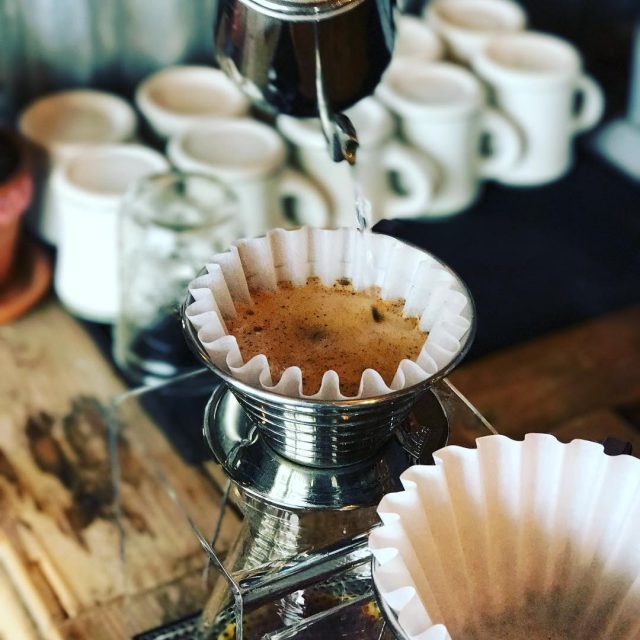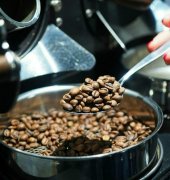On the bad flavor in coffee extraction to reduce the astringent taste of coffee
Coffee contains a variety of ingredients, and extraction does not mean extracting all of these ingredients. There is usually this rule: if the amount of coffee powder is fixed, the amount of soluble components extracted depends on the grinding degree and time.
The finer the ground coffee powder, the longer the extraction time, the more ingredients you get from coffee. According to experiments, if all the ingredients that can be extracted from the quantitative coffee powder are extracted, up to 30% of the ingredients can be obtained. But not all of these ingredients are what we need. Coffee has ingredients we need and ingredients we don't need, and the longer the extraction time, the easier it is to extract the bad ingredients we don't need.
The main representative of the ingredients we don't need is tannic acid, and the correct name should be tannic acid. Green coffee beans contain 5% to 9% and roasted beans contain 4% to 5%. It has the same properties as caffeine that it breaks down at certain roasting degrees. Bake to a deep Italian roast, where 90% of the tannins are broken down.
Most people often think that deep roast coffee stimulation strong, light roast coffee stimulation weak, other, this idea is wrong! Drinking a cup of lightly roasted coffee before bed under the mistaken impression that it is weak will keep you awake until dawn. The deeper the roast, the less caffeine and tannins, and the less irritating. Don't be fooled by the color of the coffee.
In fact, in the process of making coffee, we do not want to extract tannins, because tannins are the culprit that causes coffee astringency. Tannic acid is an angel and a devil. A small amount of tannic acid can play the sweet and mellow coffee, but the finer the grinding degree, the longer the extraction time, the more the devil will play a role, so that there is full of astringency.
In order to prevent tannic acid from being over-extracted, the key is that "coffee beans are ground coarsely, the powder is slightly more, and the temperature is relatively low (82 ° C to 83 ° C)." Preventing excessive extraction of tannins is also one of the rules for making delicious coffee.

Important Notice :
前街咖啡 FrontStreet Coffee has moved to new addredd:
FrontStreet Coffee Address: 315,Donghua East Road,GuangZhou
Tel:020 38364473
- Prev

The health benefits of drinking coffee
1. Drinking coffee is good for the skin. Coffee accelerates the metabolism of the skin, accelerates the discharge of waste cutin, and weakens the dark circles under the eyes caused by poor circulation; in addition, it is antioxidant. drinking coffee regularly can keep skin cells full of vitality, prevent cell oxidation and fight aging. 2. Drinking coffee can prevent cancer and the polyphenols contained in anticancer coffee are strong antioxidants. Drink every day
- Next

Advanced basic knowledge of roasting coffee beans for novice
1. Dehydration: generally refers to the baking process below 170 degrees. The dehydration time required by different baking appliances varies, but it is best to control it in 5-8 minutes, depending on the water content of beans. two。 Climbing temperature: the climbing temperature speed of baking is controlled at 7: 14 degrees, which is related to the control of firepower, the better climbing temperature speed is controlled at 10 degrees, and the water content of beans is different. Hard bean
Related
- Beginners will see the "Coffee pull flower" guide!
- What is the difference between ice blog purified milk and ordinary milk coffee?
- Why is the Philippines the largest producer of crops in Liberia?
- For coffee extraction, should the fine powder be retained?
- How does extracted espresso fill pressed powder? How much strength does it take to press the powder?
- How to make jasmine cold extract coffee? Is the jasmine + latte good?
- Will this little toy really make the coffee taste better? How does Lily Drip affect coffee extraction?
- Will the action of slapping the filter cup also affect coffee extraction?
- What's the difference between powder-to-water ratio and powder-to-liquid ratio?
- What is the Ethiopian local species? What does it have to do with Heirloom native species?

